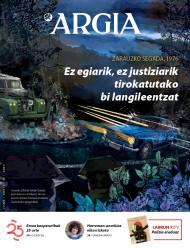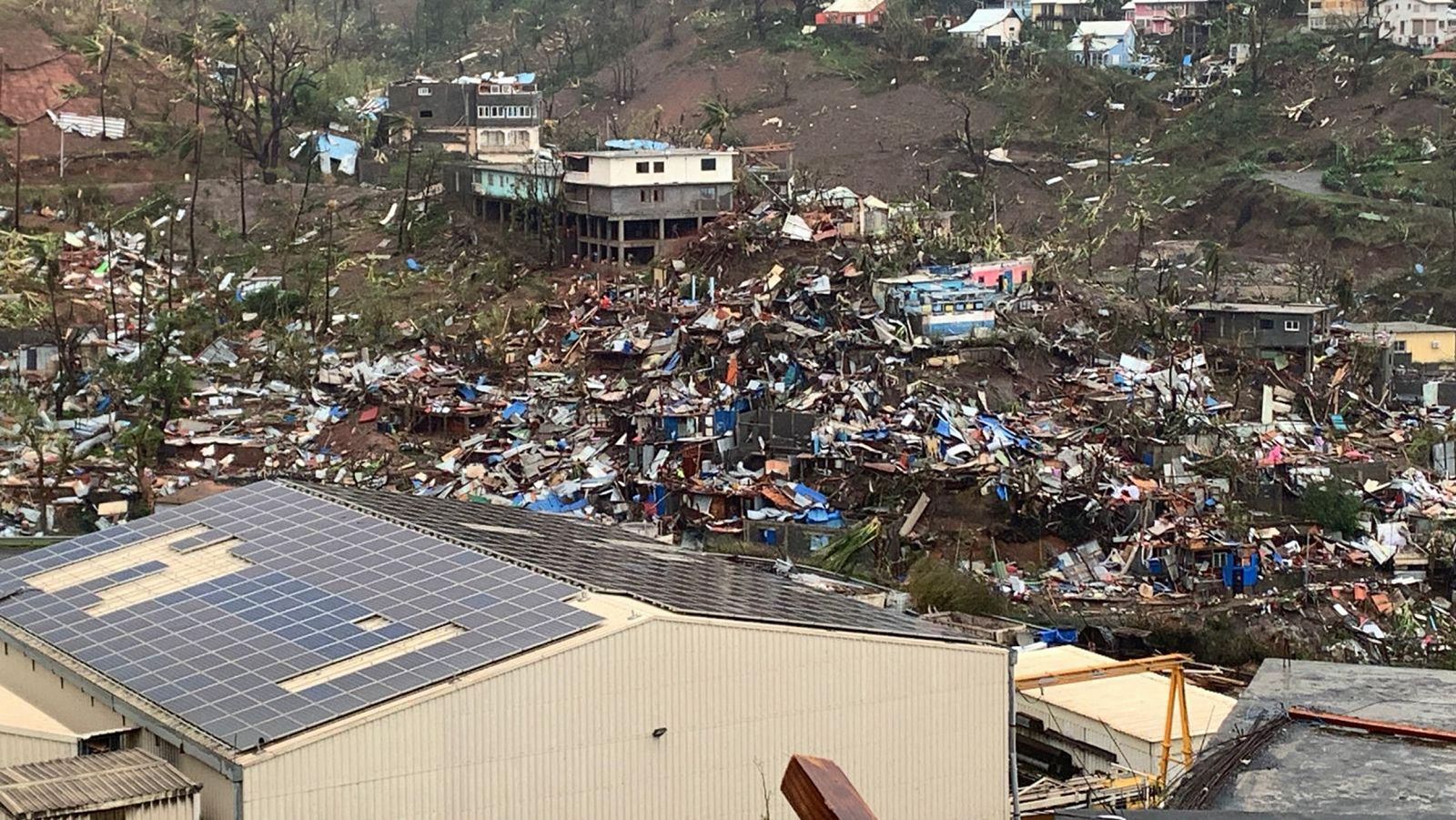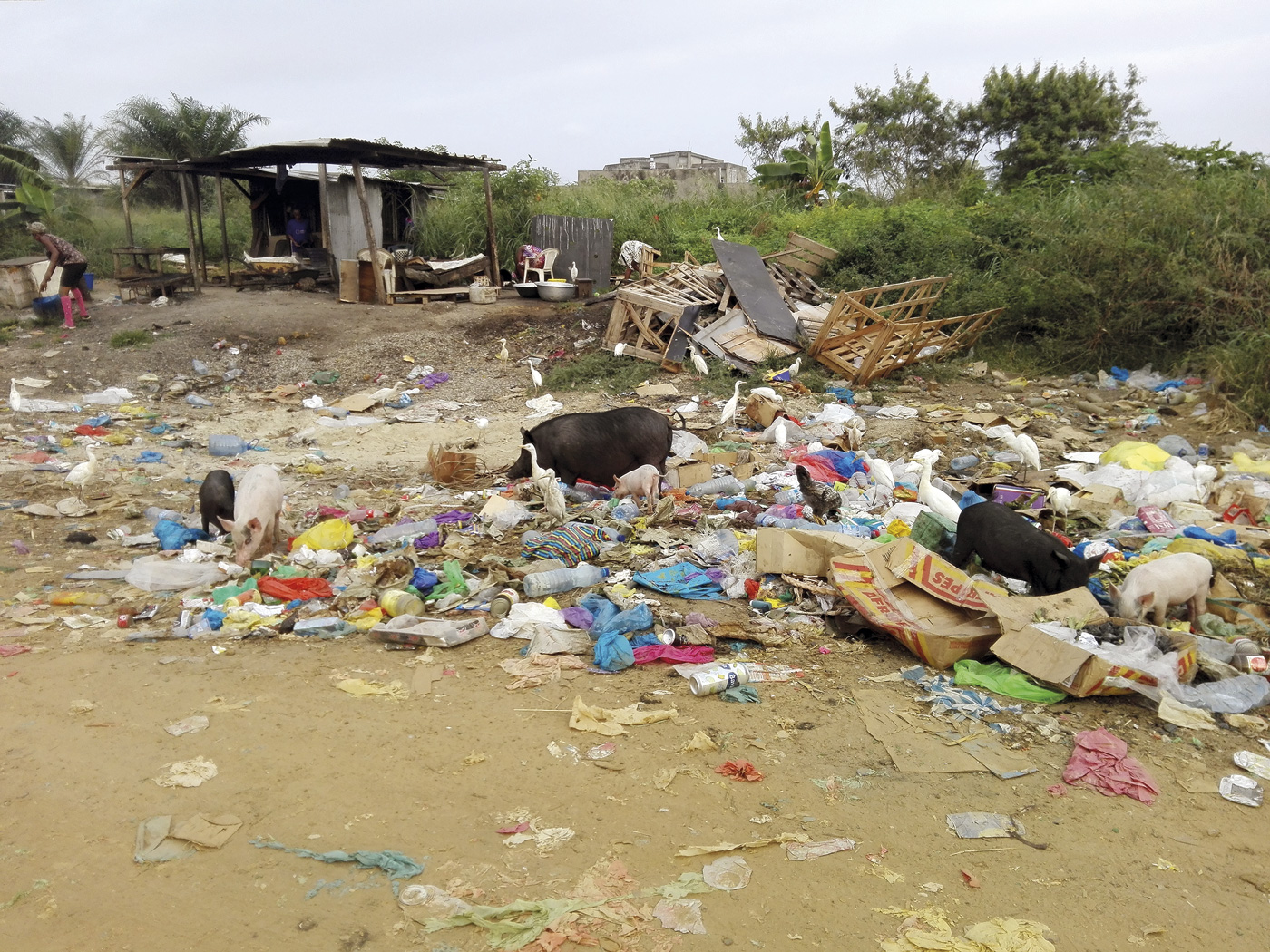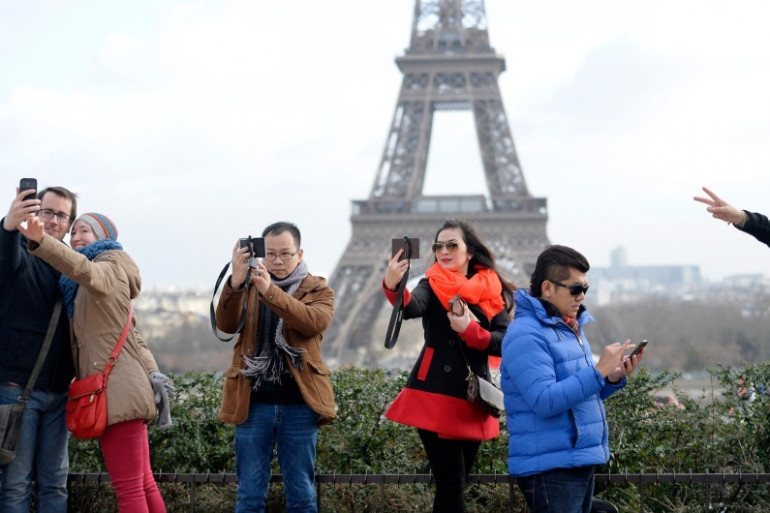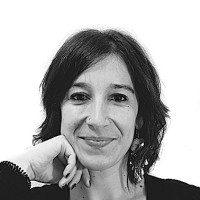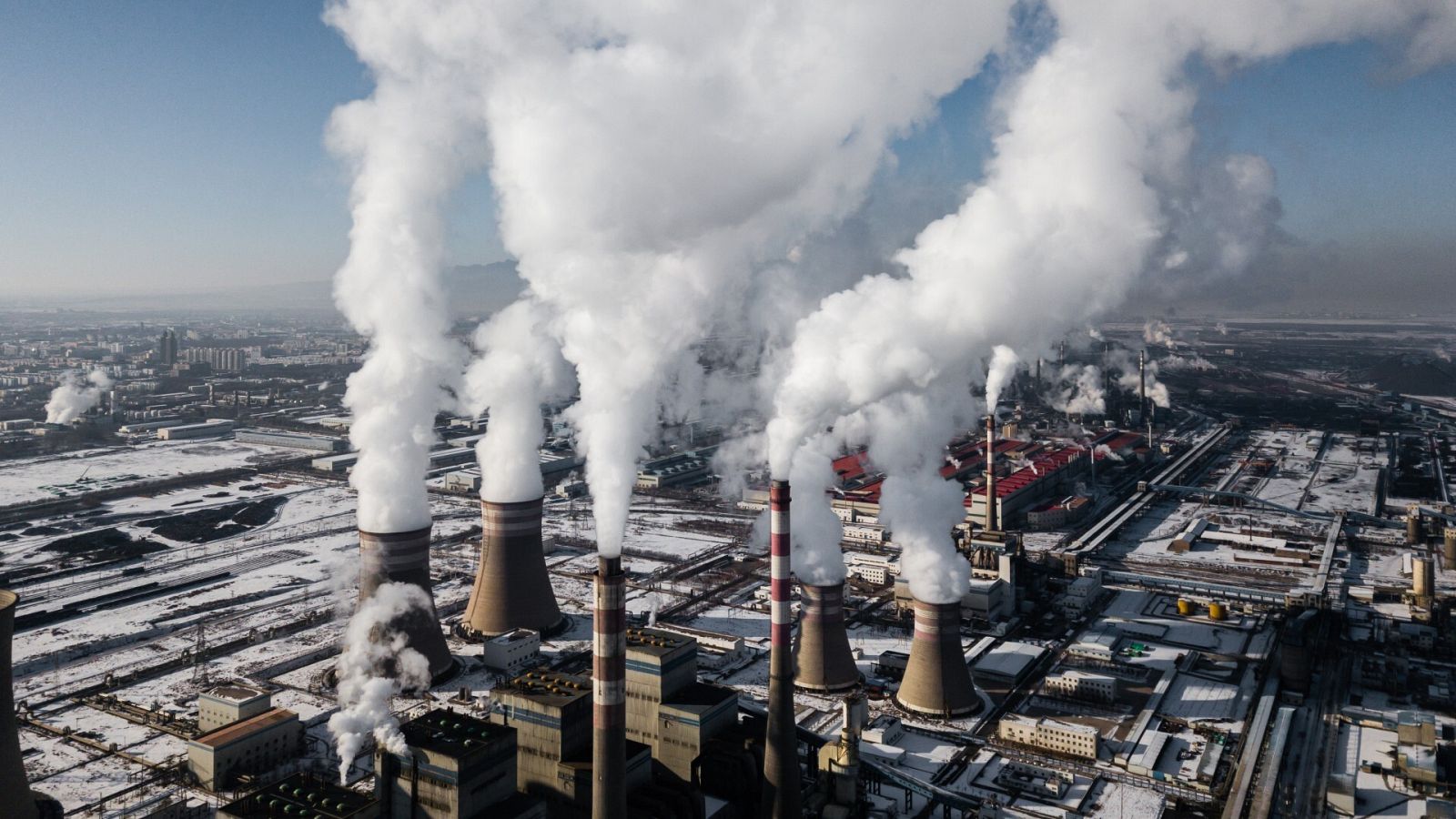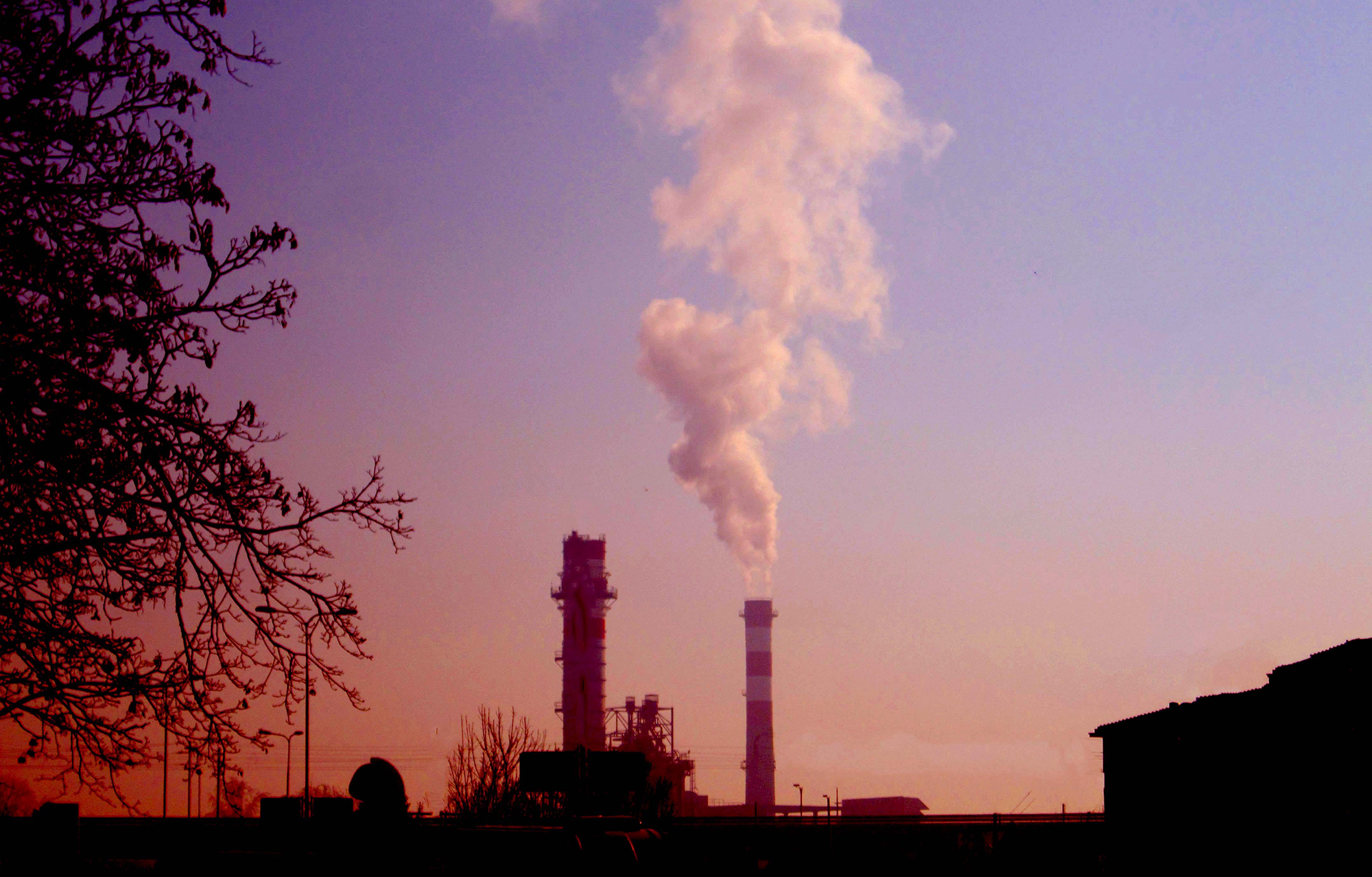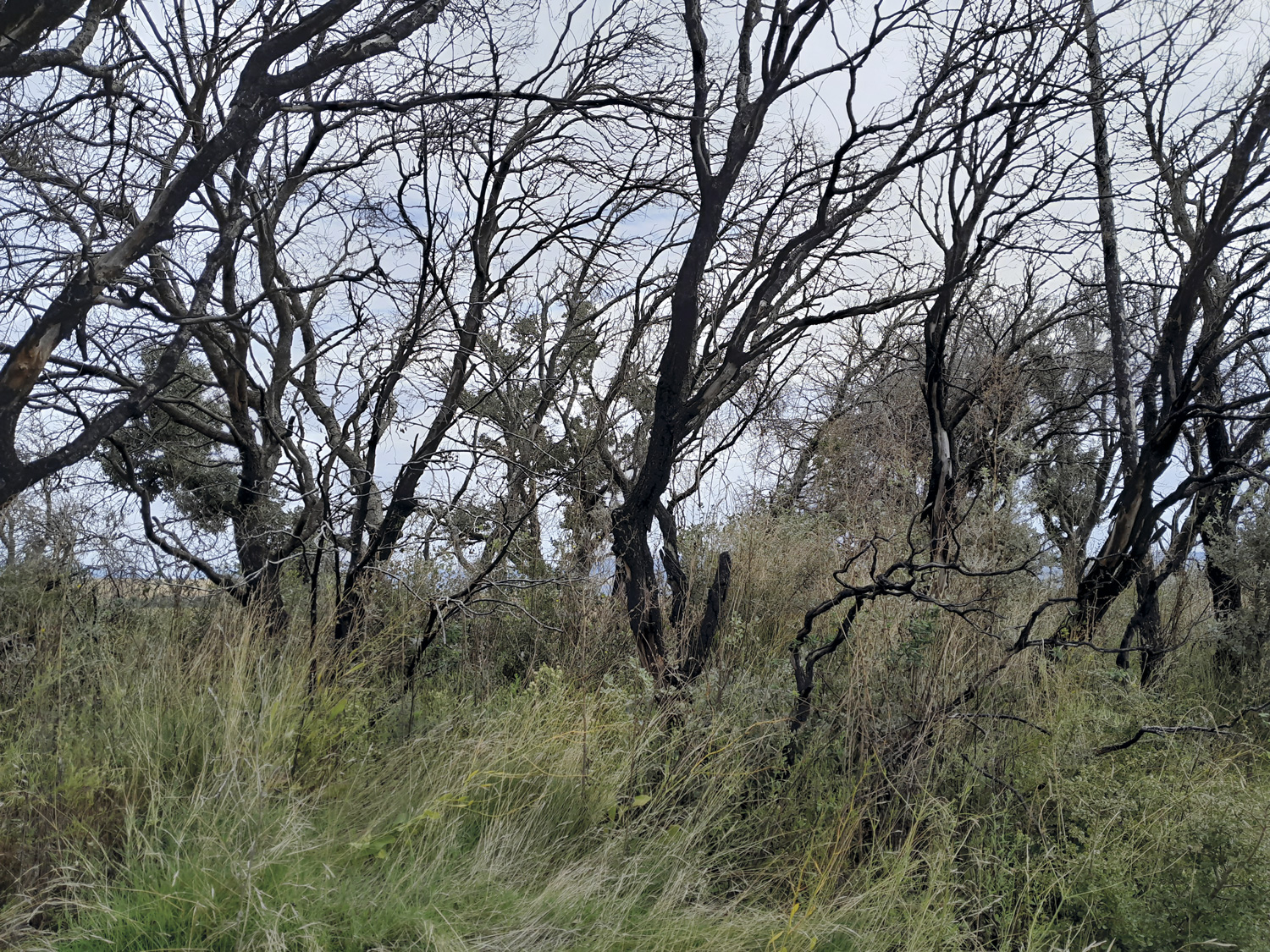A good solution would be to take into account the knowledge of indigenous people.
- The COP27 summit has just passed in the Egyptian city of Xarm el-Xeikh. Once again, the Western vision has prevailed and the decisions we have. Despite channelling the small space for the voice of indigenous peoples, their contributions are not taken into account. However, over 5,000 different cultures and 476 million citizens, a figure similar to that of Europeans, share an important element: respect for nature and the holistic vision that integrates the environment. The Intergovernmental Panel on Climate Emergencies (GIEC) has just invited to be integrated into the reflection, with knowledge developed over the centuries from the environmental and biodiversity point of view.
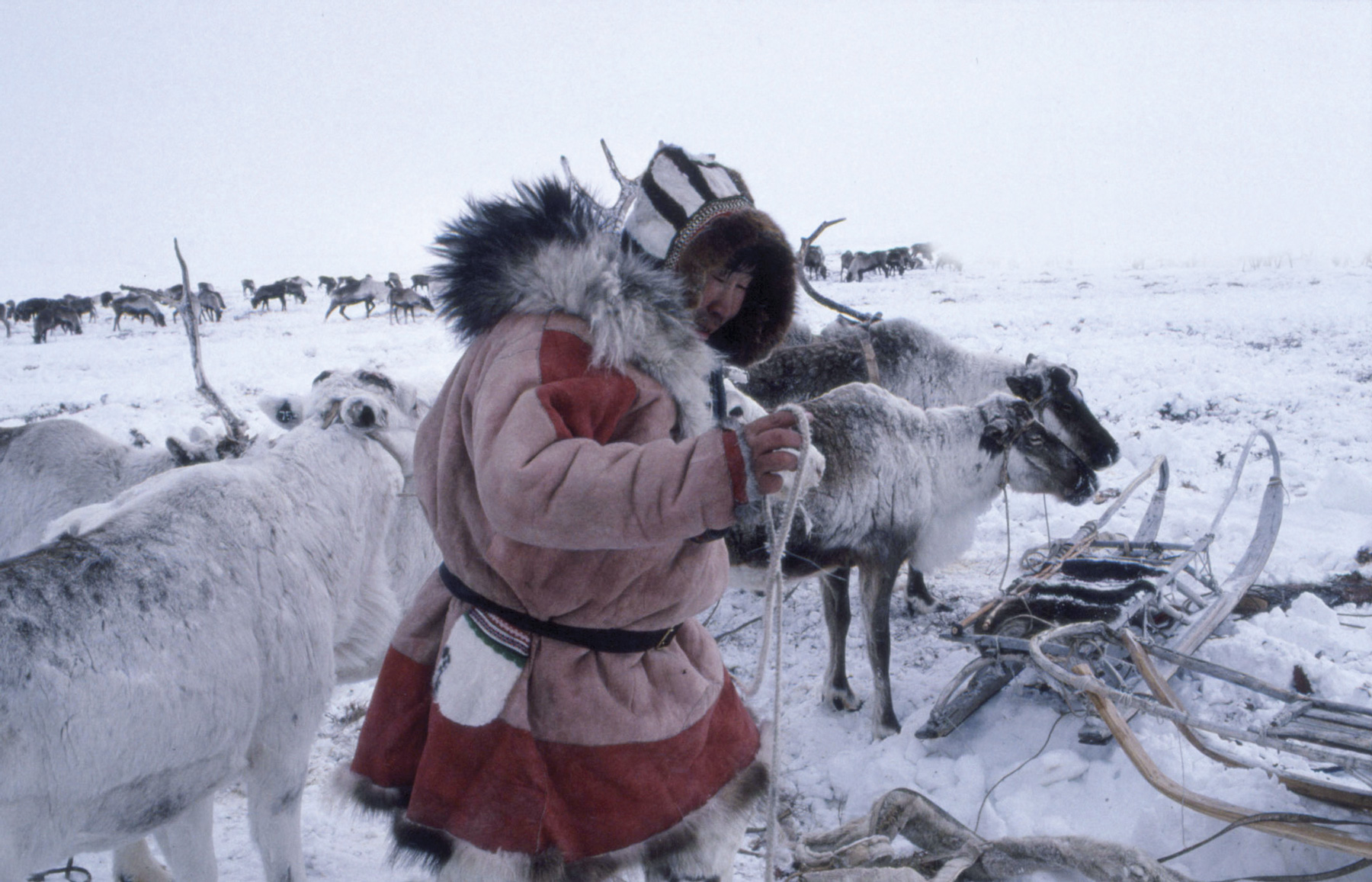
It brings me the voice of the jungle and all the living things of the Amazon.” The words of Ninawa Inu Huni kui Pereira Nunes, representative of the indigenous Brazilian people Huni Kui, disseminated at the COP27 summit in Egypt. It is a discourse, a position and a vision of the world that differ when reflecting on the challenge of climate change. But it is not he who guides the dance, is a minority and has in front of it a hegemonic anthropocentric vision that goes in the totally opposite direction. A pity, if not, because we could imagine the future differently and the landscape of the climate crisis.
The report of the Intergovernmental Panel on Climate Emergencies (GIEC), published in February, highlights the capacities and knowledge of indigenous peoples: “For centuries they have faced the challenge of adaptation and have developed resilience strategies to adapt to changes in the environment. [They can enrich and feed the forces of climate adaptation to the emergency.]” The scientific group adds to the verification another important idea: to guarantee the self-determination of these peoples and the recognition of their rights if we are to face the climate emergency.
Dozens of indigenous representative structures, spread over 1.6 billion hectares of land, welcomed the support of the experts: “In the end, the most famous scientists in the world have recognized what we knew long ago.” Concerning biodiversity conservation and “sustainable land and forest management”, they know that they have solutions to address the ecological crisis: “With support we could follow the same path.” It is about ensuring the protection, self-determination and the right to land, without which they are “vulnerable” to agro-industry, the mining sector and major infrastructure.
“We are more than victims”
Indigenous people are the ones with the greatest impact of climate change. Discharge is not the basis for CO2 or other pollutants. However, Inuit Siila Watt-Cloutier does not see this constraint on the victim’s position with good eyes and believes it is time to recommend solutions to the table where they are agreed, as can be heard in an interview in Radio Canada.
But sharing the table would entail a number of challenges that would be essential to achieve in order to move forward: The mutual understanding – beyond words, the explanation of an understanding that took into account the cosmovision – the protection of the knowledge of the ancestors and the present from an anthropocentric perspective, as a way to avoid manipulation; and, of course, the deconstruction that involves taking into account the holistic perspective. “We try to understand ourselves so that we can have a better understanding of our knowledge. But to begin with, they would have to start with the exercise of defining indigenous knowledge…”, says the Inuit anthropologist Lisa Koperqualuke at Radio Canada.
In other words, there is also an extreme need to dismantle the colonial perspective in the climate sphere. Reporterre speaks of “green colonialism” (Il faut décoloniser notre approche de la nature), an anthropologist of the interview: “The ideology behind this attitude is the same as the one behind racism, they are considered as peoples who have no capacity to truly manage their environment.” The decolonization of spaces such as COP27 will also go through the change of approach, since the rich countries of the North dominating, their multinationals and lobbies nearby, do not have the vision and objectives that the indigenous people support.
In this sense, it is worth looking at Canada, because they have the will to move forward in mutual recognition and cooperation, although slowly and with great attention – a territory that has had a violent and structural process of eradicating the indigenous people, because the wound remains open. Among other things, the Indigenous Science Branch DSA of Environment and Climate Change makes contributions.
Triangular view
This is a young structure, created in January of this year, to take steps for peace and reparation between the descendants of indigenous and colonizers in the scientific field. Myarle Ballard is an indigenous university student who intends to develop an elaborate “three-eye view”, especially in the challenge of overcoming the challenge of climate change.
Until now, the biocular vision that unites indigenous and western scientific knowledge is better known. This innovative position adds a third: “In the view of the autochthonous, the responsibility to speak on behalf of all ‘contacts’ is added. In the global conception of indigenous peoples we say that we are directly related to land, water, plants, animals and if they cannot speak, then we have a responsibility to expand their word. That’s why we talk about the third eye/voice.”
But no three or two, the Western vision has predominated at COP27. The need to dismantle everything is being seen to us and it seems that Fiore Longo's phrase confirms the way: “It is not true that man destroys nature. The Westerners' living system is devastating, but there are other societies. 80% of biodiversity is in the territories of indigenous peoples.”
There are 476 million indigenous people worldwide, despite the rank of the European Union population, a total of 5,000 different cultures located in 90 states on the official hegemonic map of the world. Despite their diversity, everyone has the same vision and respect for the environment. Soon the only way we have left is to close the eye of the Westerners a little and leave room for the other.
The understanding and interpretation of the mathematical language is what is important in the learning process, at least it is what we say to our students. The language of mathematics is universal, and in general, the margin of error for interpretation tends to be small. We... [+]
Recently, when asked what the climate emergency consisted of, a scientist gave the excellent answer: “Look, the climate emergency is this, you increasingly see on your mobile more videos related to extreme weather events, and when you realize, it’s you who are recording one... [+]
In recent weeks it has not been possible for those of us who work in architecture that the climate phenomenon of Valencia has not been translated into our work discourse. Because we need to think about and design the path of water in decks, sewers, plazas and building parks. We... [+]









